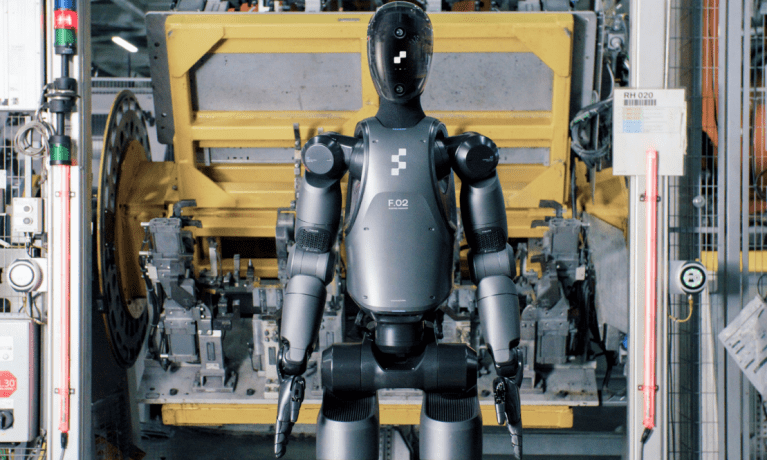
The potential for artificial intelligence (AI) humanoid robots in factories and stores is sparking debate among experts on the future of work and commerce.
While companies explore humanoid robots for tasks from assembly to customer service, opinions vary widely on their adoption rate and implications. The consensus among experts leans toward gradual integration rather than rapid revolution, with key challenges in technology development, workforce adaptation, and customer acceptance still to be overcome.
“As Henry Ford said, ‘Why is it that I always get a whole person when all I want is a pair of hands?’ This sentiment applies here too,” Ding Zhao, associate professor of mechanical engineering at Carnegie Mellon University, told PYMNTS. This skepticism highlights the ongoing debate about the most effective forms of automation in various industries.
Robotics have been a staple in industrial manufacturing for decades, with a complex impact on employment. Mica Endsley, government relations chair at the Human Factors and Ergonomics Society, told PYMNTS, “They tend to create both higher-skilled, higher-waged jobs, as well as some lower-skilled, lower-wage jobs.” This nuanced view provides context for the current wave of interest in more advanced, AI-driven robots.
Recent trials, like BMW’s test of the “Figure 02” robot in chassis assembly, showcase the current capabilities of humanoid robots. In a news release, Milan Nedeljković, BMW’s board member for production, said, “With an early test operation, we are now determining possible applications for humanoid robots in production.” This real-world application demonstrates the auto industry’s commitment to exploring automation technologies.
However, the road to widespread adoption may be longer than some anticipate. Andy Williams, EVP of North America at Exotec, told PYMNTS, “The time frame for practical use of humanoid robots in the warehouse is easily five-plus years down the road, giving the workforce time to transition.” This perspective highlights the gap between current capabilities and industry requirements.
As the technology develops, its impact on employment and customer service remains a topic of debate. Maria Kyrarini, assistant professor at Santa Clara University, told PYMNTS, “There is an opportunity for upskilling or reskilling workers, who the robots may displace, to take over new roles in an environment with humanoid robots.”
Opportunities for new roles balance the potential for job displacement. Williams predicted, “New services associated with the support of these robotics include the extension of advertising mediums through humanoids or more comprehensive bundling of services to offset capital costs.”
In customer-facing roles, functionality may trump appearance. Endsley emphasized, “Just like with many systems that companies adopt, such as chatbots or phone-based voice menus if the technology is not capable of addressing customers’ questions and needs, they will become frustrated and go elsewhere.”
Recent research in Japan suggests that even limited robot interactions can influence customer behavior. Kyrarini reported, “A recent study was conducted in Japan about having a service robot in a bakery shop to greet customers and provide product information. The study found no increase in the number of customers visiting the bakery, but the robot recommendations to the customers had an impact.”
Integrating humanoid robots in commerce is expected to alter workplace relationships. Endsley warned, “Now that inter-office communications are largely handled by email, text or video calls, for example, we often see a decrease in the direct interaction and relationship building that would otherwise occur naturally in companies.”
Pat Marsh, principal designer at argodesign and a designer behind the NASA-backed humanoid robot Apollo, sees potential for new business models.
“Much of our maintenance and care labor is undervalued at least by economic standards,” he told PYMNTS. “I like to think of robots as a possible leverage to our tendencies that are inherent to capitalism and GDP-driven economics, in that robots can do the work we find too expensive for humans to do well.”
Experts agree that the key to successful integration is careful planning and human-centered design. Williams said, “We can draw a parallel between how human workers have learned to accept AI and use it in their daily workplaces and how we can expect the humanoid robotics transition to unfold if done carefully and correctly.”
As the retail and manufacturing sectors continue their robotic explorations, they focus on developing machines that can effectively meet human needs, regardless of how humanlike they appear. Marsh concluded, “People need exposure to robots in ways that reinforce good expectations. They also need patterns of behavior that set clear boundaries.”
For all PYMNTS AI coverage, subscribe to the daily AI Newsletter.